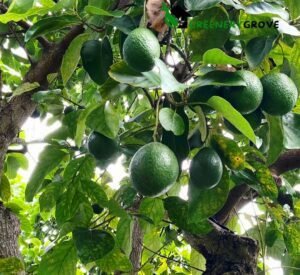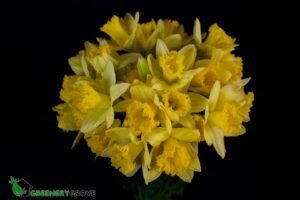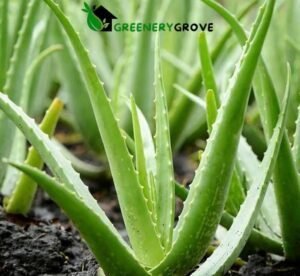
ZZ plants, scientifically known as Zamioculcas zamiifolia. Originating from Eastern Africa, particularly Kenya and Tanzania, this resilient plant has become a favorite among indoor gardeners for its striking appearance and low maintenance requirements.
ZZ Plant Characteristic
Scientific Name: Zamioculcas zamiifolia
Common Names: ZZ plant, Zanzibar Gem, Zuzu plant
Origin: Native to Eastern Africa, particularly Kenya and Tanzania
Growth Habit: Slow-growing, upright stems with glossy, dark green, pinnate leaves
Light Requirements: Tolerates low light: prefers indirect sunlight
Watering Needs: Drought-tolerant; allow soil to dry out completely between waterings
Soil Preferences: Well-draining soil; avoid waterlogged conditions
Temperature Tolerance: Thrives in average room temperatures (65°F to 75°F / 18°C to 24°C)
Humidity Tolerance: Tolerates low humidity levels; occasional misting beneficial during dry spells
Maintenance: Low maintenance; occasional pruning to remove yellowing or dead leaves, wipe leaves with damp cloth
Special Features: Air-purifying qualities; helps remove toxins such as formaldehyde and xylene from indoor environments
ZZ Plant Variation
here are several variations and cultivars that offer unique characteristics and appearances. Here are some popular ZZ plant variations:
-
‘Raven’ ZZ Plant: This variation of the ZZ plant features striking, almost black foliage, adding a dramatic touch to any indoor space. The dark leaves of the ‘Raven’ ZZ plant provide a stunning contrast against lighter surroundings, making it a standout choice for modern and minimalist decor styles.
-
‘Zenzi’ ZZ Plant: The ‘Zenzi’ ZZ plant is a dwarf variety that remains more compact and petite compared to the standard ZZ plant. Its smaller size makes it ideal for tabletops, shelves, or small spaces where space is limited. Despite its diminutive stature, the ‘Zenzi’ ZZ plant still retains the same resilience and low-maintenance qualities as its larger counterparts.
-
‘Zamicro’ ZZ Plant: Another dwarf cultivar, the ‘Zamicro’ ZZ plant, is even smaller than the ‘Zenzi’ variety, making it perfect for tiny spaces or decorative arrangements. Despite its diminutive size, the ‘Zamicro’ ZZ plant retains the characteristic glossy foliage and easy-care nature of traditional ZZ plants.
-
Variegated ZZ Plant: Variegated ZZ plants feature leaves with unique patterns of cream or yellow variegation, adding visual interest and diversity to their appearance. These variegated varieties offer a striking contrast against the dark green foliage, making them prized specimens for collectors and plant enthusiasts.
-
‘Lucky’ ZZ Plant: The ‘Lucky’ ZZ plant is a newer cultivar known for its compact growth habit and abundance of new growth. This variation often produces multiple stems from a single root system, creating a fuller and more lush appearance compared to standard ZZ plants.
Whether you prefer the classic elegance of the standard ZZ plant or the unique characteristics of its variations and cultivars, there’s sure to be a ZZ plant variety that suits your aesthetic preferences and space requirements. With their low-maintenance nature and ability to thrive in indoor environments, ZZ plants remain a popular choice for adding greenery and vitality to homes, offices, and other indoor spaces.
Care Tips for ZZ Plants
Light Requirements
While ZZ plants can endure low-light circumstances, they flourish in brilliant, circuitous light. Place your ZZ plant near a north or east-facing window to ensure it receives adequate sunlight without being exposed to direct rays, which can scorch its leaves.
Watering
One of the greatest mix-ups in ZZ plant care is overwatering. These plants prefer to dry out between waterings, so it’s essential to allow the soil to become slightly dry before watering again. Water your ZZ plant sparingly, ensuring that excess water can drain freely from the pot to prevent root rot.
Temperature and Humidity
ZZ plants prefer average room temperatures ranging from 65°F to 75°F (18°C to 24°C). They can tolerate fluctuations in humidity levels, making them suitable for environments with varying climate conditions.
Soil
Use a well-draining potting mix for your ZZ plant, such as a blend of peat moss, perlite, and coarse sand. Avoid heavy or compacted soils that retain moisture, as they can lead to root rot and other issues.
Fertilization
ZZ plants are not heavy feeders, so they require minimal fertilization. Apply a balanced, water-soluble fertilizer diluted to half strength once a month during the growing season (spring and summer) to promote healthy growth.
Common Issues with ZZ Plants
Yellowing Leaves
Yellowing leaves on ZZ plants are often a sign of overwatering or inadequate drainage. Allow the soil to dry out completely before adjusting your watering routine, and ensure that your pot has drainage holes to prevent waterlogged conditions.
Pest Infestations
While ZZ plants are relatively pest-resistant, they can occasionally attract mealybugs or spider mites. Wipe down the leaves with a damp cloth to remove any pests, and treat infestations with insecticidal soap or neem oil if necessary.
Root Rot
Overwatering is the leading cause of root rot in ZZ plants. To prevent this issue, avoid watering your plant excessively and ensure that it’s planted in a well-draining potting mix. If root rot occurs, trim away affected roots and repot your ZZ plant in fresh soil.
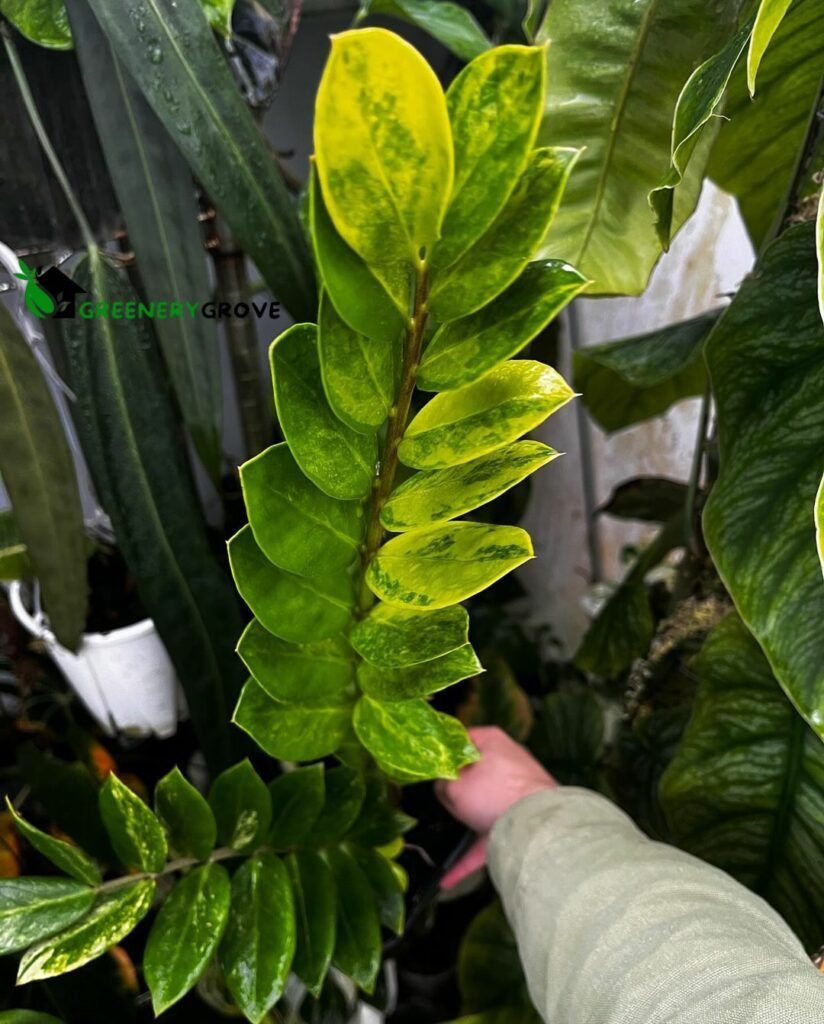

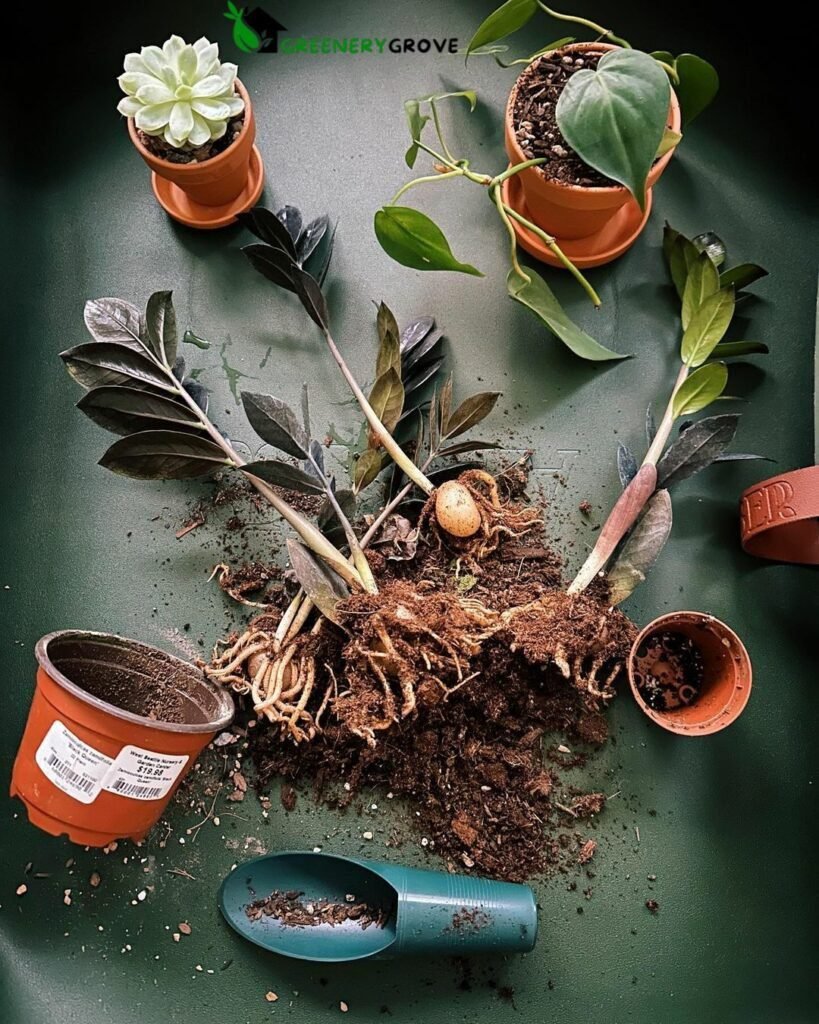

Are ZZ Plants Toxic To Cats
Yes, ZZ plants are considered to be toxic to cats if ingested. The plant contains calcium oxalate gems, which can cause aggravation and distress whenever consumed by felines. Symptoms of ZZ plant toxicity in cats may include vomiting, drooling, difficulty swallowing, and irritation of the mouth and throat. If you suspect that your cat has ingested ZZ plant leaves or stems, it’s essential to seek veterinary attention immediately. Keep ZZ plants out of reach of curious pets to prevent accidental ingestion and ensure the safety of your furry companions.
Why Is My ZZ Plant Turning Yellow
There are several reasons why your ZZ plant might be turning yellow:
-
Overwatering: ZZ plants are susceptible to root rot if they’re watered too frequently or if the soil remains soggy for extended periods. Yellowing leaves can be a sign of excess moisture in the soil, so allow the soil to dry out between waterings and adjust your watering routine accordingly.
-
Underwatering: Conversely, underwatering can also cause ZZ plant leaves to turn yellow. If the soil becomes too dry, the plant may not receive enough moisture to sustain healthy growth. Ensure that you’re watering your ZZ plant consistently and providing enough hydration to keep the soil evenly moist.
-
Poor Drainage: ZZ plants require well-draining soil to prevent waterlogged conditions and root rot. If your plant is sitting in a pot without adequate drainage holes or if the soil is too compacted, excess moisture can accumulate, leading to yellowing leaves. Consider repotting your ZZ plant in a container with proper drainage and using a well-draining potting mix.
-
Low Light: While ZZ plants can tolerate low-light conditions, they still require some level of sunlight to thrive. If your ZZ plant is not receiving enough light, its leaves may turn yellow and droop. Move your plant to a more splendid area with circuitous daylight to advance solid development.
-
Nutritional Deficiencies: Yellowing leaves can also indicate a lack of essential nutrients, such as nitrogen, potassium, or iron. Consider fertilizing your ZZ plant with a balanced, water-soluble fertilizer diluted to half strength to provide the necessary nutrients for healthy foliage.
-
Pests or Diseases: In some cases, yellowing leaves on ZZ plants may be caused by pest infestations or fungal diseases. Inspect your plant carefully for signs of pests, such as mealybugs or spider mites, and treat any infestations promptly with insecticidal soap or neem oil. If your ZZ plant shows symptoms of disease, such as blackened or mushy stems, consult a plant expert for proper diagnosis and treatment.
visit our instagram to get more plant related pictures and reels: https://www.instagram.com/greenery_grove/
How To Propagate ZZ Plant
Propagating ZZ plants is a relatively straightforward process and can be done through stem cuttings or division. Here’s how to propagate ZZ plants:
Stem Cuttings:
- Select a healthy stem from your ZZ plant that has at least two leaflets.
- Utilize spotless, sharp scissors or pruning shears to cut the stem just under a leaf hub, where the leaf meets the stem.
- Allow the cutting to dry and callus over for a few hours to reduce the risk of rotting.
- Fill a little pot with well-depleting preparing blend, for example, a mix of perlite and peat greenery.
- Embed the cutting into the dirt, covering it about an inch down.
- Water the cutting softly and place it in a warm, splendid area with backhanded daylight.
- Keep the soil consistently moist but not waterlogged, and avoid overwatering to prevent rotting.
- Following half a month, new roots ought to start to create, demonstrating effective engendering.
Division:
- Cautiously eliminate the ZZ plant from its pot and delicately shake off overabundance soil to uncover the roots.
- Locate natural divisions or separate clusters of rhizomes in the root system.
- Use a clean, sharp knife or pruning shears to divide the plant into smaller sections, ensuring that each division has both roots and foliage.
- Plant each divided section in its own pot filled with fresh potting mix, pressing the soil firmly around the roots.
- Water the recently separated plants softly and place them in a warm, splendid area with backhanded daylight.
- Keep the soil evenly moist but not waterlogged, and monitor the plants for signs of growth and health.
Whether you choose to propagate your ZZ plant through stem cuttings or division, providing proper care and patience is key to successful propagation. With time and attention, you can expand your ZZ plant collection and enjoy the beauty of these resilient and low-maintenance plants in multiple locations throughout your home or office.
Frequently Asked Questions (FAQs)
-
How often to water ZZ plant?: ZZ plants prefer to dry out between waterings, so it’s essential to allow the soil to become slightly dry before watering again. Generally, you should water your ZZ plant every 2-3 weeks during the growing season (spring and summer) and even less frequently during the dormant period (fall and winter). Change your watering recurrence in view of ecological factors like temperature, moistness, and light levels.
-
Are ZZ plants toxic to dogs?: Yes, ZZ plants are considered to be toxic to dogs if ingested. The plant contains calcium oxalate gems, which can cause bothering and uneasiness whenever consumed by canines. Symptoms of ZZ plant toxicity in dogs may include vomiting, drooling, difficulty swallowing, and irritation of the mouth and throat. If you suspect that your dog has ingested ZZ plant leaves or stems, it’s essential to seek veterinary attention immediately.
-
Do ZZ plants flower?: Yes, ZZ plants can produce small, inconspicuous flowers under the right conditions, although it’s relatively rare for them to bloom indoors. The flowers of ZZ plants are typically greenish-yellow or brown in color and are borne on long stalks that emerge from the base of the plant. While the flowers may add a touch of interest to the plant’s appearance, they are not the primary reason why ZZ plants are grown, as they are valued more for their attractive foliage and low-maintenance nature.
-
What does an overwatered ZZ plant look like?: An overwatered ZZ plant can exhibit several symptoms that indicate excessive moisture in the soil. Common signs include yellowing leaves, wilting, rotting roots, soil mold or fungus growth, and stunted growth. The leaves may turn yellow and become soft or mushy to the touch, and the roots may appear brown, mushy, or foul-smelling. If you suspect that your ZZ plant is overwatered, it’s essential to take immediate action to correct the issue and prevent further damage to the plant.


